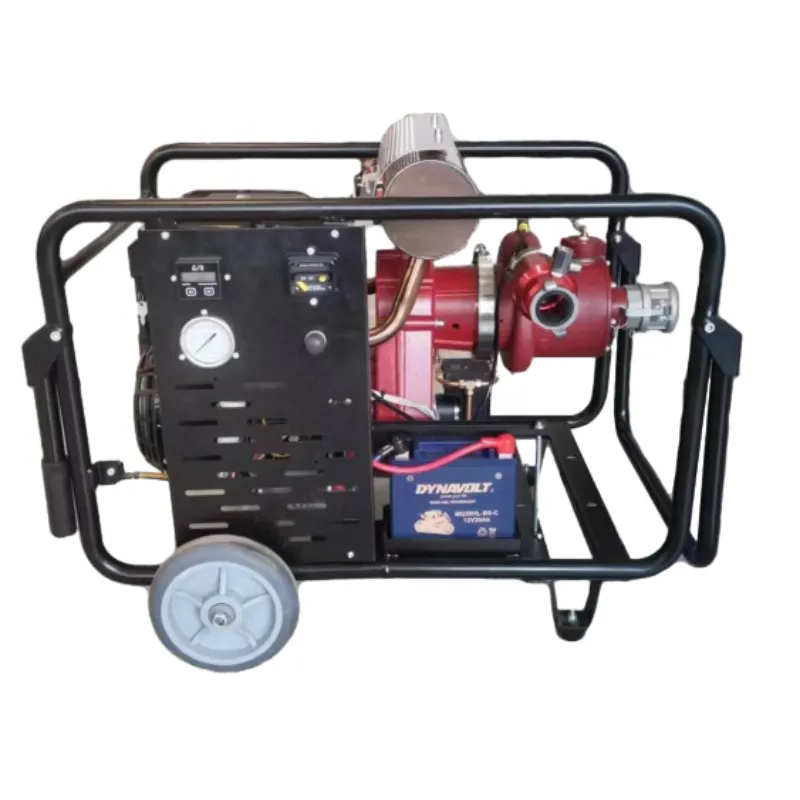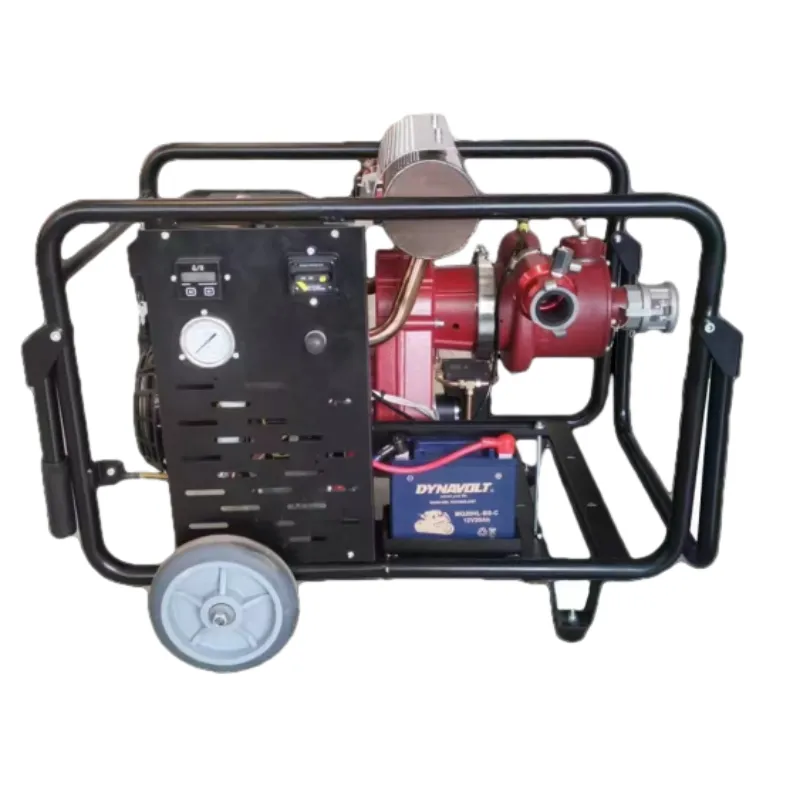

Fire extinguishers, though often seen as basic tools, demand thorough understanding and proficiency. Different fire classes (A, B, C, D, K) necessitate specific extinguisher types, each employing particular agents to combat unique fire properties. Mastery in utilizing fire extinguishers can significantly impact the immediate control of a fire, making them fundamental not only in professional but also civilian settings. Ropes and knots, although basic, are integral in various fire rescue scenarios. These tools require extensive knowledge and practice in tying specialized knots for rescue operations, hoisting equipment, or establishing safety lines. Expertise in rope techniques is crucial, ensuring that firefighters can perform safely and effectively in precarious situations. Technical rescue teams rely heavily on specialized tools like airbags and rescue saws. Airbags can lift extraordinary weights, proving essential in delicate extrication missions, whereas rescue saws are necessary for cutting through debris and construction materials, showcasing the vital need for mechanical expertise in fire operations. With the rise of technology, drones have become invaluable assets in firefighting. Offering aerial reconnaissance, these devices provide real-time data on fire spread and movement, assisting in strategic planning and risk assessment. Operator proficiency ensures accurate data collection, fortifying the decision-making process in rapidly evolving scenarios. The integration of these tools into daily fire department operations underscores the blend of tradition and innovation. Expertise in handling these tools enhances their effectiveness, safeguarding both firefighter and civilian lives. Fire departments that emphasize continual training and proficiency not only uphold safety standards but also position themselves as authorities in emergency response. Trust in these institutions is built on the foundation of experience, expertise, and unwavering commitment to public safety, establishing their authoritative presence in the field.





























